Cusco, often spelled Cuzco in Spanish or Qusqu in Quechua, rests in the heart of the Andes mountains of Peru. Known as the historic capital of the Inca Empire, it is distinguished by its archaeological remains and Spanish colonial architecture. Sitting at an elevation of over 3,300 meters, it’s also called the ‘Imperial City‘ and was declared a World Heritage Site by UNESCO in 1983. If you’re looking for the best neighborhoods to serve as your base for exploration, reading on will reveal the best areas to stay in Cusco.
Accommodation Options in Cusco, Peru
Cusco’s historical context is deeply rooted in its past as the center of the Inca civilization until the Spanish conquest in the 16th century. The main attractions related to its history include the Plaza de Armas, once a central gathering space for Inca ceremonies and now lined with cafes and churches, and Sacsayhuamán, an expansive fortress showcasing monumental stone walls designed with immense precision. The local tourist industry thrives due to these deep historical roots, with accommodations ranging from luxury hotels in converted monasteries to budget-friendly hostels and guesthouses.
Exploring beyond the common sites rewards visitors with attractions such as Qorikancha, a temple whose Inca walls serve as a foundation for a colonial church; the San Pedro Market, where local crafts and foods showcase Andean culture; Tambomachay with its ceremonial fountains and aqueducts from Incan times; and Moray which features terraced agricultural circles likely used by Incas for crop experimentation. These sites provide further insights into this city’s ancient roots.
Cusco’s atmosphere is a constant contrast between the historical significance of its ancient sites and a lively urban spirit in its main squares and busy markets. At night, Cusco transforms into a social hub with music-filled bars and restaurants serving Peruvian delicacies and international cuisine.
For those intrigued by this Imperial City’s past and present-day charm, continue exploring this post’s insights about the best areas to stay in Cusco based on my visits to the city.
What’s the Best Area to Stay in Cusco, Peru?
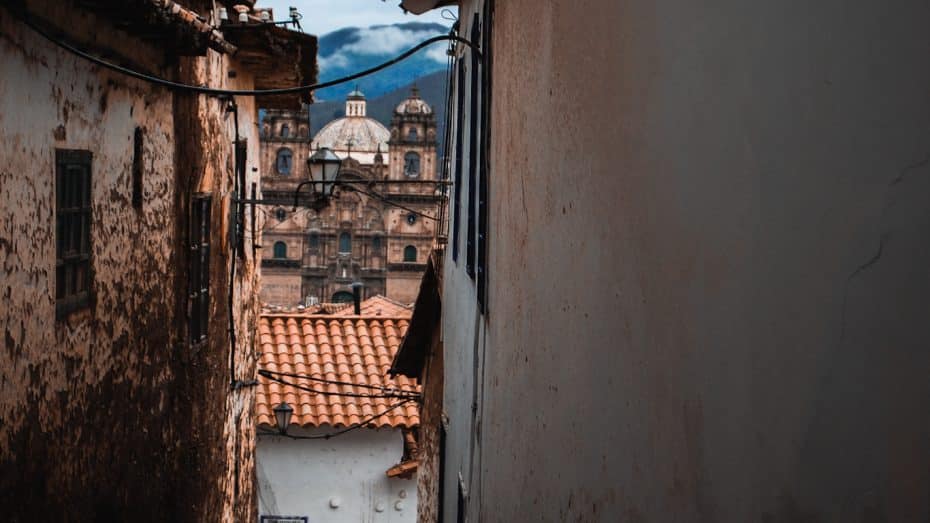
The best area to stay in Cusco is Centro Histórico, especially if you’re a first-time visitor. This neighborhood is the prime location for experiencing the true essence of Cusco’s rich cultural heritage. With its captivating architecture, centuries-old buildings, and iconic cobblestone streets, you’ll feel like you’re stepping back into the Inca Empire. Centro Histórico has an incredible selection of charming accommodations and access to must-visit attractions such as Plaza de Armas and Qorikancha.
Find Available Accommodation in Centro Histórico de Cusco.
Best Hotels in Centro Histórico, Cusco
- Best 5-star hotel: Casa Cartagena Boutique Hotel & Spa
- Best 4-star hotel: Antigua Casona San Blas
- Best 3-star hotel: Atoq San Blas Hotel
- Best boutique hotel: Cooper Hotel Boutique
- Best budget hotel: Niños Hotel Meloc
- Best B&B: Casa Agustina
- Best hostel: Saqray Hostel
The Best Areas to Stay in Cusco for Sightseeing
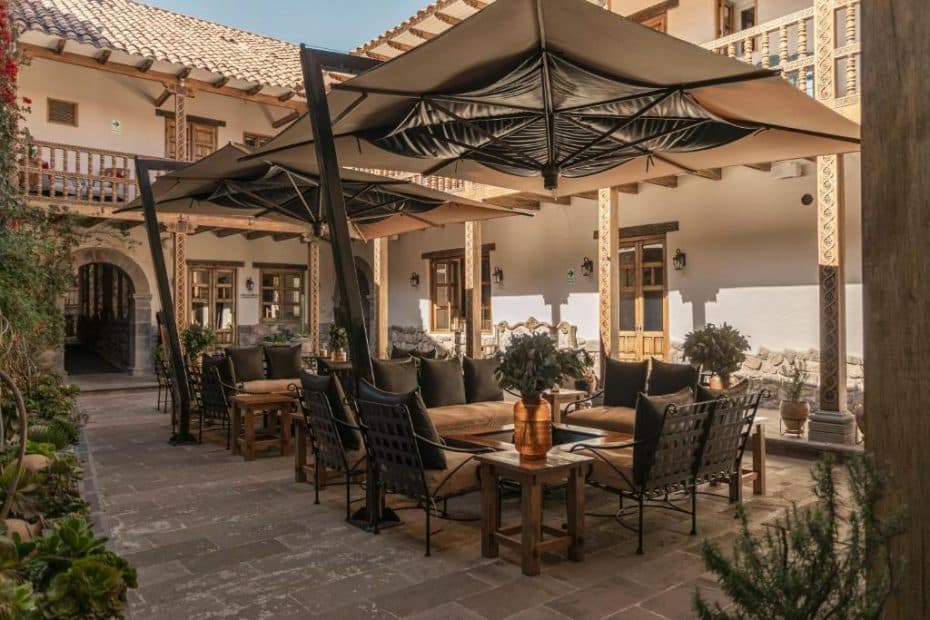
As mentioned above, the Historic City Center is the best location to stay in Cusco. That said, there are many areas with different vibes and sights. These are some of the best districts to stay in Cusco:
- Plaza de Armas is often the first stop for people staying in Cusco. The main square, surrounded by restaurants and shops, is a convenient and lively spot to explore the rest of the city. It’s close to many of Cusco’s famous attractions, making it ideal for those who prefer short walks to the sites. Our favorite hotels here are La Casona Real Cusco and El Virrey Boutique.
- Not far away, San Blas is known for its artisan markets and workshops, perfect for those interested in arts and crafts. This area sits on a hill with narrow streets and overlooks Cusco, providing great views. It’s quieter than Plaza de Armas but still has plenty of cafes and bars. One of the top accommodations here is Tierra Viva Cusco San Blas.
- San Pedro is where you’ll find the San Pedro Market to experience local food and culture. The area is buzzing with activity during market hours. It’s also conveniently located near the train station for trips to Machu Picchu. A great hotel nearby is the Quechua Hotel Cusco.
- Wanchaq is outside the historic center but is less touristy and offers easy access to Cusco’s main areas via taxi or bus. It’s more residential and might appeal to those looking for a longer stay in Cusco or preferring a quieter home base. If you choose to stay in this area, check out Hotel Jose Antonio Cusco.
The Best Areas for Tourists in Cusco: District by District
1. Plaza de Armas & Cusco Historic City Center
Best Location for sightseeing & first-time visitors
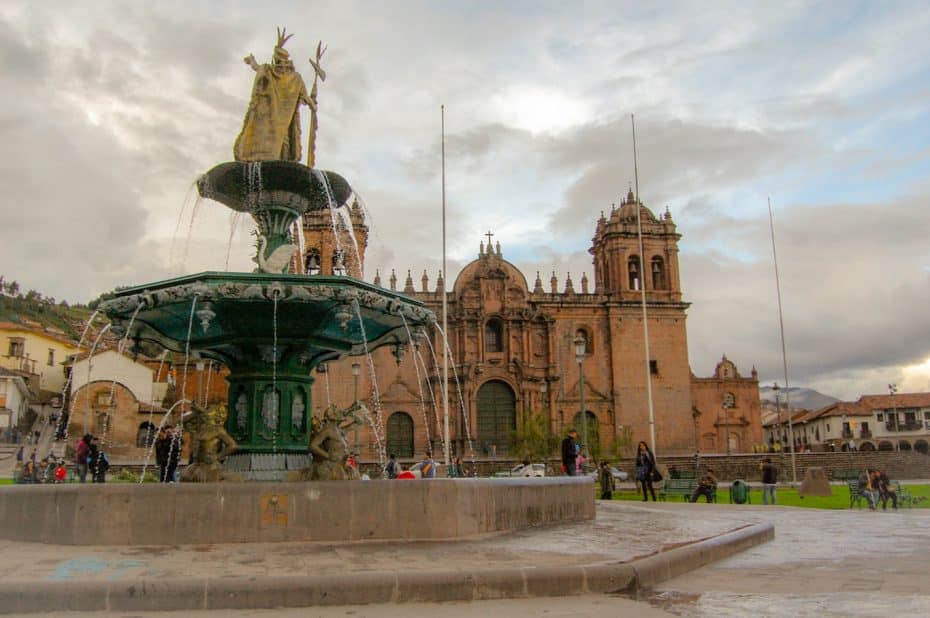
Plaza de Armas is the central spot in Cusco, giving you quick access to historical sites, markets, and places to eat.
-
Why is this the best area to stay in Cusco:
- Heart of the city’s historical center
- Cathedral of Cusco
- Incan and colonial architecture
- Vibrant atmosphere, street performers and artisans
- Local and international cuisine options
- Walking distance to Qorikancha
- Celebrations and festivals
- Local markets
- Easy access to city-wide transport services
- Central point for tours and guided visits
Plaza de Armas, Cusco’s main square, is the city’s heart. Its role as a central square dates back to the time of the Inca Empire. This iconic square is surrounded by stone pathways and colonial arcades. Its modern-day layout was designed by the Spanish conquerors in the 16th century following the city’s capture.
In historical terms, Plaza de Armas has witnessed pivotal events, such as the execution of Tupac Amaru II, leader of an indigenous uprising against Spanish rule in 1781. During Inca times, the square was also known by its Quechua name, Huacaypata, and served as a stage for ceremonial events.
Surrounding attractions include the Cusco Cathedral and the Church of the Society of Jesus, exhibiting magnificent colonial architecture with intricate interiors. These heritage sites display a mix of Spanish baroque and indigenous art styles. Nearby is Calle del Triunfo, which leads to important ruins such as Sacsayhuaman.
The area is home to artisan markets and small museums, like the Museum of Sacred, Magical, and Medicinal Plants. After sunset, numerous bars and restaurants around the plaza become animated with music and serve traditional and international cuisine. Some streets emanating from Plaza de Armas lead to quieter boutique shops selling high-quality local craftwork.
Transportation to Plaza de Armas consists of organized tours, taxis, or combis—local mini-buses that navigate Cusco’s narrow streets.
Accommodation options in the vicinity range from historic hotels within preserved colonial buildings to modern guesthouses offering panoramic views of red-tiled roofs against green mountains.
Best Hotels near Plaza de Armas
2. San Blas
Best Location for souvenir shopping
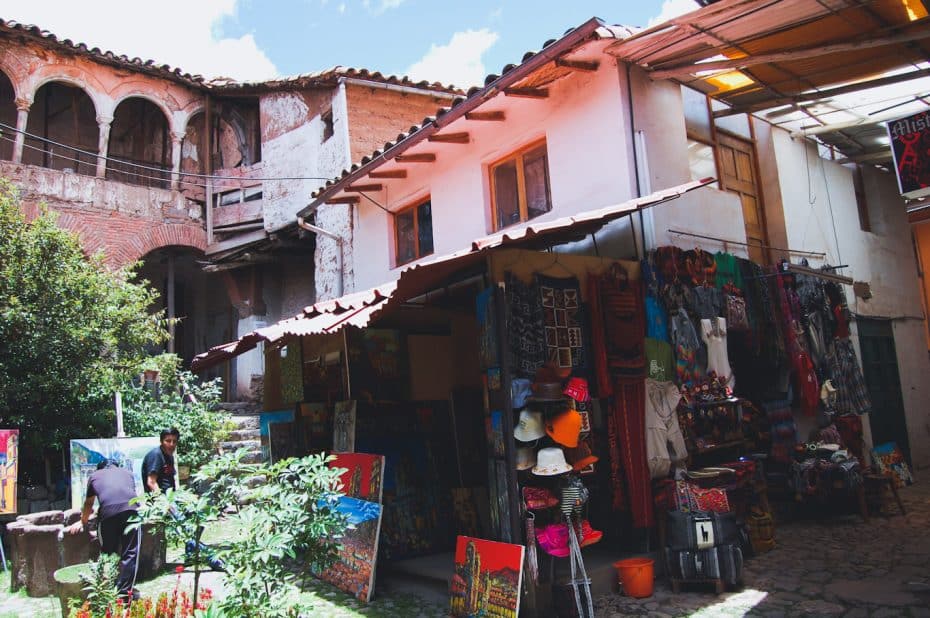
Noted for its quaint streets and artisanal shops, San Blas is one of the best areas to stay in Cusco.
-
Why is this the best area to stay in Cusco:
- Stunning colonial architecture
- Close proximity to Sacsayhuaman ruins
- Vibrant local art scene
- Picturesque cobblestone streets
- Abundance of artisan shops
- Panoramic city views
San Blas, often called the artistic heart of Cusco, has a distinctive atmosphere. Located northeast of the main square, Plaza de Armas, and uphill from the hustle of Cusco’s central districts, San Blas occupies a vantage point with narrow winding streets and panoramic views of the red-tiled roofs against the green hills surrounding Cusco.
The history of San Blas extends back to the Incan empire, being one of the oldest neighborhoods in Cusco. It was known by the name T’oqokachi and was the residence area for Inca nobles. Post-conquest, San Blas was restructured by Spanish conquistadors who built their colonial houses and religious institutions on Inca foundations. Today, the neighborhood is recognized for its high concentration of artisan workshops and galleries, displaying traditional Andean crafts alongside contemporary art.
Among San Blas’s most significant attractions is its adobe church, Templo de San Blas, which was constructed in 1562 and houses a notable pulpit intricately carved from a single tree trunk—considered one of the finest examples of wood carving from colonial Peru.
While private vehicles are limited due to narrow passages, public transportation serves the district. Small buses known as “combis” navigate through the area.
Accommodation options in San Blas consist mainly of boutique hotels and guesthouses that reflect the area’s historic character.
Best Hotels in San Blas, Cusco
3. San Pedro
Best Location for train travel to Machupicchu
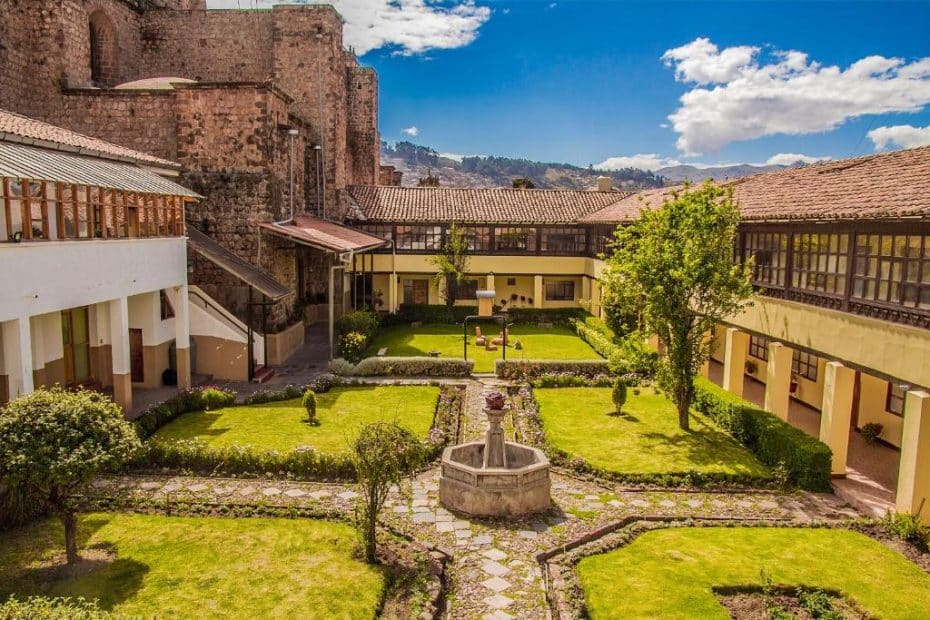
Known for being the gateway to Machu Picchu, Barrio de San Pedro is one of the most central areas to stay in Cusco.
-
Why is this the best area to stay in Cusco:
- Close to Sacsayhuaman ruins
- Vibrant San Pedro Market
- Proximity to Cusco’s main square
- Diverse culinary experiences
- Gateway to the Sacred Valley
- Picturesque narrow streets
San Pedro is approximately a 10-minute walk from Plaza de Armas.
One of the district’s primary features is the San Pedro Market, which dates back to the early 20th century. The market offers an insight into local traditions and an extensive range of Peruvian foods, textiles, and handicrafts. Adjacent to the market is San Pedro Train Station, which links Cusco with Machu Picchu.
San Pedro stands on what was once part of T’oqokachi, a neighborhood dating from Inca times. Within walking distance lies the Museo de Arte Precolombino at Plaza Las Nazarenas, offering pre-Columbian artifacts that paint a picture of Peru’s complex history.
The district’s streets embody daily life in Cusco; street vendors sell traditional cuisine while locals go about their routines amidst colonial-style buildings.
The neighborhood also hosts several colonial-era churches, such as the Iglesia de San Pedro, characterized by its ornate facade and baroque-style interior.
Best Hotels in San Pedro, Cusco
4. Wanchaq
Best location in Cusco for backpackers
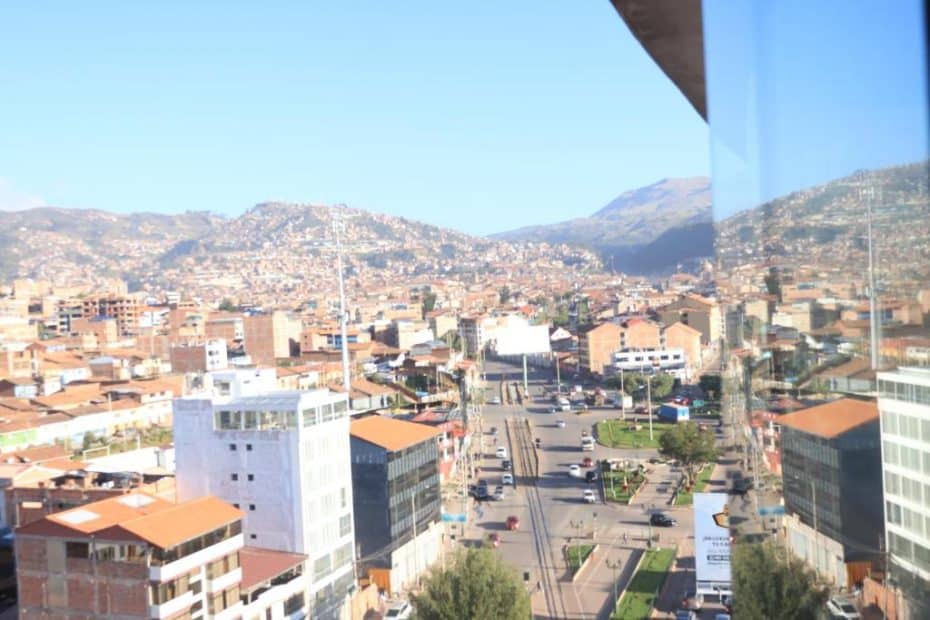
Wanchaq offers a more modern side to Cusco.
Located southeast of the historic center of Cusco, the Wanchaq district is a practical area for travelers seeking accessibility and good value for money.
Wanchaq is home to the Alejandro Velasco Astete International Airport, the main air gateway to this region. The area is also home to Cusco’s overground railway station, which starts in Wanchaq and connects to Machu Picchu and the Sacred Valley.
The district stands out due to its modernity, starkly contrasting the narrow cobbled streets and centuries-old buildings in central Cusco. Wanchaq offers wider roadways and contemporary architecture.
Best Hotels in Wanchaq, Cusco
5. Machu Picchu / Aguas Calientes
Peru’s Number 1 tourist attraction
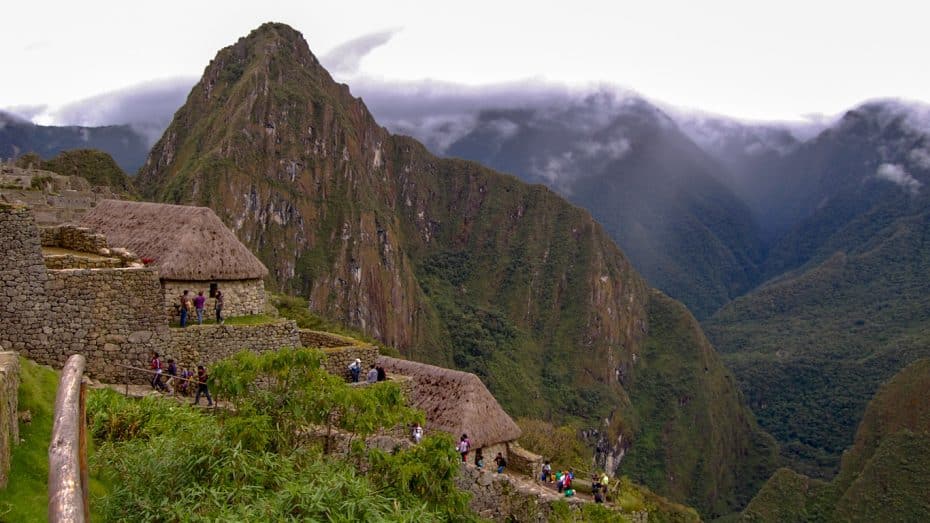
Located near Cusco, Machu Picchu is one of the world’s most visited sites.
The town of Machu Picchu, until recently formally known as Aguas Calientes, is the gateway township to the ancient Incan city of Machu Picchu in Cusco, Peru. Resting in a deep gorge below the ruins, this town attracts millions to this UNESCO World Heritage site.
Machu Picchu town functions as a starting point for those journeying to the citadel either by foot along the Inca Trail or by shuttle buses ascending the serpentine road up the mountain.
The presence of thermal baths – from which “Aguas Calientes,” or “hot waters,” derives its name – allows for relaxation after a day of travel or hiking.
Machu Picchu lay concealed from the outside world for centuries until Hiram Bingham brought it to global attention in 1911. The site itself dates back to the mid-15th century during the reign of the Inca emperor Pachacuti.
Transportation within this area is largely pedestrian due to its small size and steep terrain; however, there are bus services for transit from town to Machu Picchu citadel. Rail connectivity via PeruRail and Inca Rail provides access through Ollantaytambo or Cusco.
Best Hotels near Machu Picchu
Where to Stay in Cusco & Machu Picchu: A Personal Take
A few years back, I had the incredible opportunity to explore the historic city of Cusco and the breathtaking Sacred Valley of the Incas. My stay was between two lovely Tierra Viva hotels: Tierra Viva Cusco San Blas and Tierra Viva Machu Picchu. Both offered exceptional service, cozy accommodations, and a genuine feel of Andean hospitality. Tierra Viva Cusco San Blas stood out for its close proximity to the city center — an absolute must to experience this ancient capital’s bustling life. The narrow cobblestone streets lined with colorful markets, quaint cafes, and the warm smiles of locals were just steps away from the hotel. Meanwhile, Tierra Viva Machu Picchu provided a serene escape after long days of adventure and exploration.
Here’s a tip: make sure to spend at least one full day in the Valley. The terraces of Pisac and Ollantaytambo are not to be rushed; their grandeur is best appreciated leisurely. Engaging with local communities was also enlightening (it helps if you speak Spanish!).
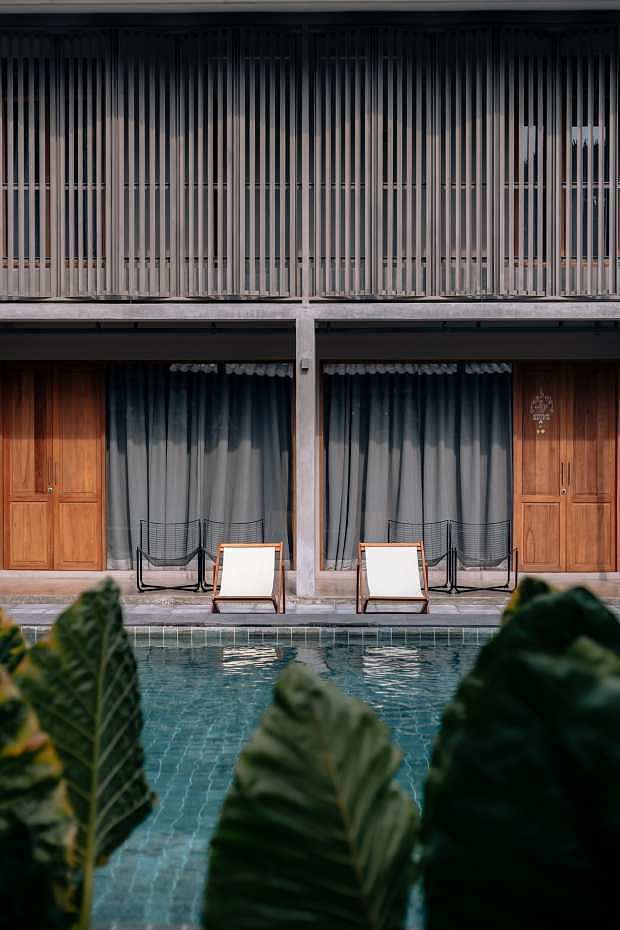



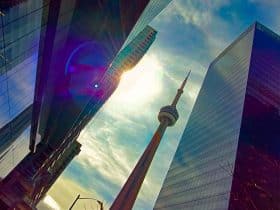
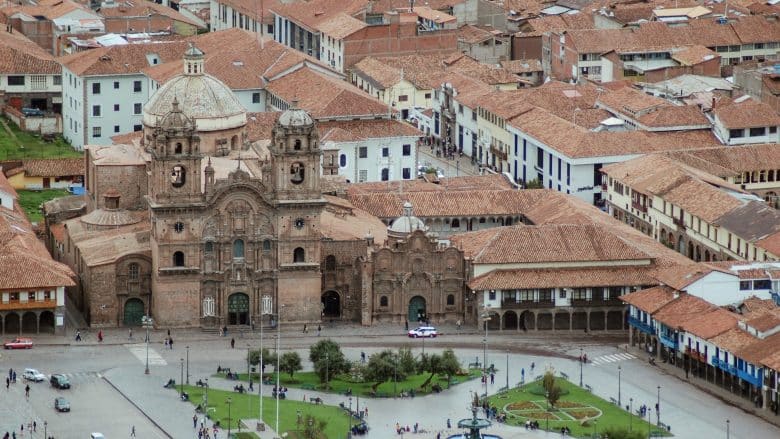
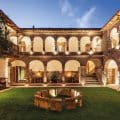
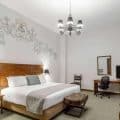

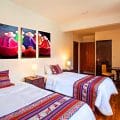
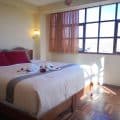
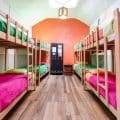
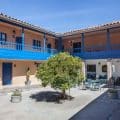


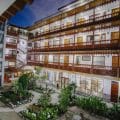
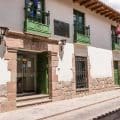
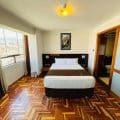
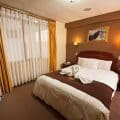
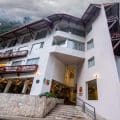

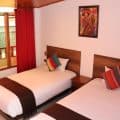
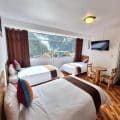
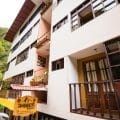

















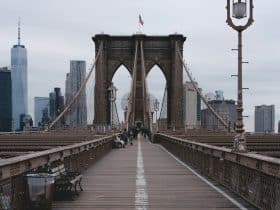
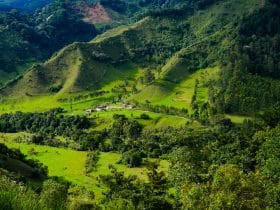
Leave a Reply
View Comments